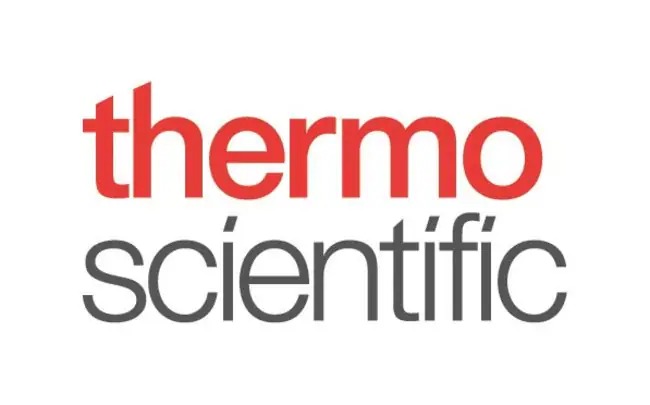Thermo Scientific™ 1-(3-Dimethylaminopropyl)-3-ethylcarbodiimide hydrochloride, 98+%,
Catalog No :
CAS Number :
Brand :
In Stock
Specifications:
| Application | Peptide Synthesis | ||
| Storage Temperature | Ambient | ||
| Product Type | Laboratory Chemical | Forms | Crystals |
| Product Brand | Thermo Fisher Scientific™ | ||
| Product Grade | Analytical grade | Formula | C₈H₁₇N₃·HCl |
1-(3-Dimethylaminopropyl)-3-ethylcarbodiimide hydrochloride is used as a carboxyl activating agent. It is used in peptide synthesis, 3'-amino-3'-deoxyadenosine-5'-di- and triphosphates and in the preparation of antibodies like immunoconjugates. It plays a vital role for immobilization of large biomolecules in association with N-hydroxysuccinimide. It is also used in the acylation of phosphoranes.
Applications
1-(3-Dimethylaminopropyl)-3-ethylcarbodiimide hydrochloride is used as a carboxyl activating agent. It is used in peptide synthesis, 3′-amino-3′-deoxyadenosine-5′-di- and triphosphates and in the preparation of antibodies like immunoconjugates. It plays a vital role for immobilization of large biomolecules in association with N-hydroxysuccinimide. It is also used in the acylation of phosphoranes.
Solubility
Soluble in acetonitrile dichloromethane, dimethylformamide, and tetrahydrofuran. Slightly soluble in water.
Notes
Sensitive to moisture. Incompatible with strong acids, strong oxidizing agents and moisture.
RUO – Research Use Only
General References:
- Water-soluble carbodiimide, widely used for peptide coupling (see Appendix 6), with the major advantage that excess reagent and the urea by-product can be easily removed by washing with dilute acid or water: J. Org. Chem., 26, 2525 (1961); J. Am. Chem. Soc., 87, 2492 (1965). For discussion of the mechanism of peptide coupling with this reagent, see: J. Am. Chem. Soc., 103, 7090 (1981).
- Often used in conjunction with an additive such as HOBt (1-hydroxybenzotriazole hydrate) to suppress racemization; see, for example: Bull. Chem. Soc. Jpn., 55, 2165 (1982). A two-phase solvent system (dichloromethane-water or isopropyl acetate-water) has been found to give superior results in this type of peptide coupling: J. Org. Chem., 60, 3569 (1995). In a comparative study, submolar quantities HOBt in DMF-water gave good results: Chem. Lett., 1 (1997).
- For use in the synthesis of cyclic derivatives of 3'-amino-3'-deoxyadenosine-5'-di- and triphosphates, see: Angew. Chem. Int. Ed., 33, 1394 (1994).
- Promotes various other N-acylation reactions such as the formation of N-acylsulfonamides from primary sulfonamides and N-protected amino acids in the presence of DMAP: Synlett, 1141 (1995).
- For use in the acylation of phosphoranes, see (Cyanomethyl) triphenyl phosphonium chloride, A13096.
- Liu, J. A.; Guo, X. P.; Liang, S.; An, F.; Shen, H. Y.; Xu, Y. J. Regioselective synthesis of 5'-amino acid esters of some nucleosides via orthogonal protecting protocol. Tetrahedron 2015, 71 (9), 1409-1412.
- Meng, H.; Zheng, J.; Wen, X.; Cai, Z.; Zhang, J.; Chen, T. pH- and Sugar-Induced Shape Memory Hydrogel Based on Reversible Phenylboronic Acid-Diol Ester Bonds. Macromol. Rapid Commun. 2015, 36 (6), 533-537.
- Pack Size: 1g 5g 25g




 0
0
